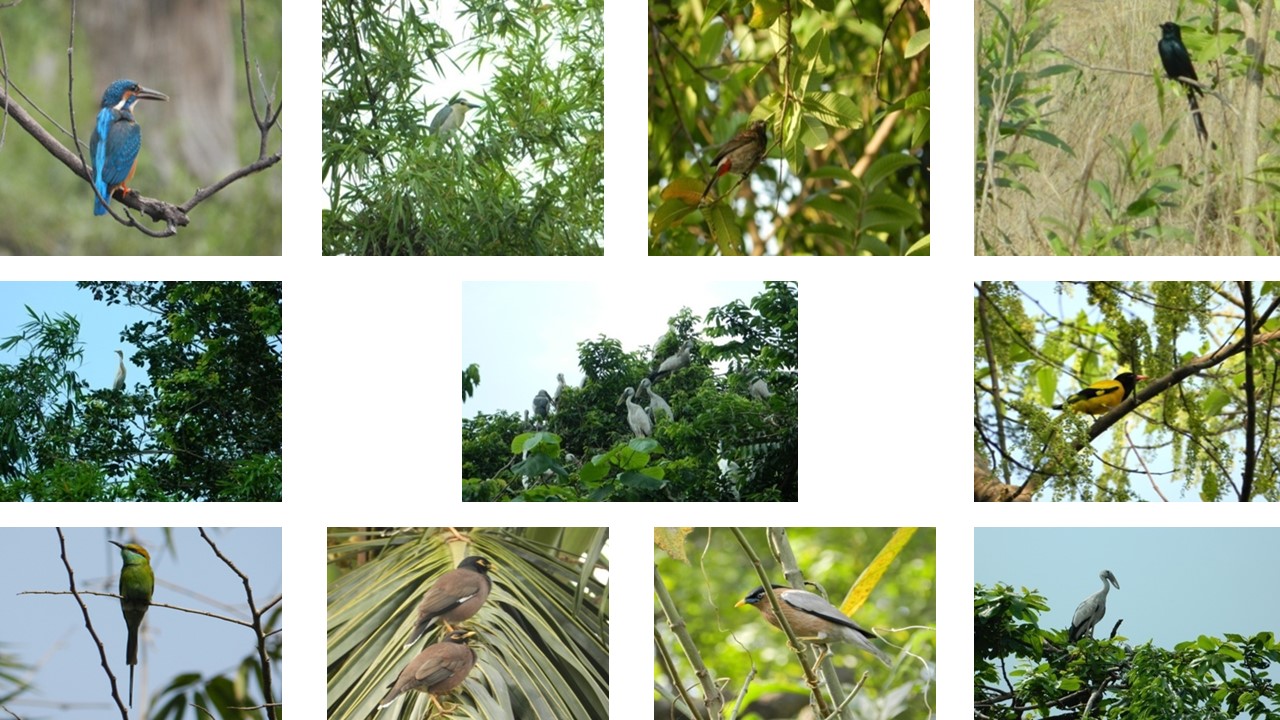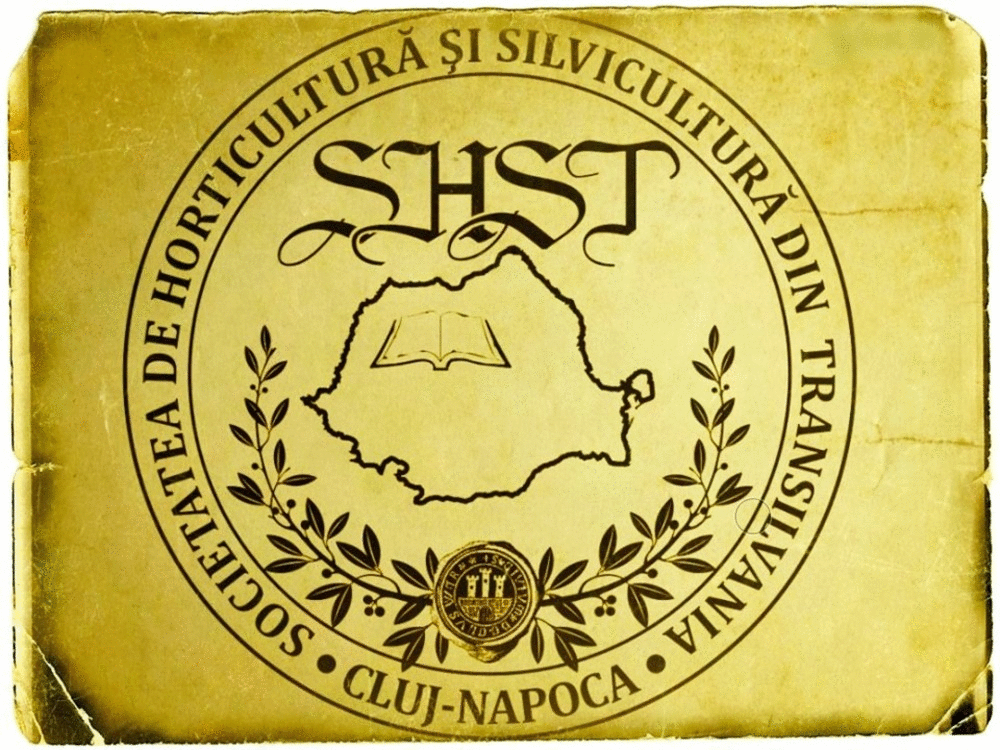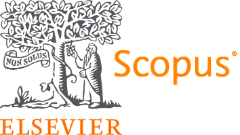Avifaunal diversity and ecotourism opportunities: A case study from Barachaka tribal village of Bankura, West Bengal, India
DOI:
https://doi.org/10.15835/nsb13210963Keywords:
biodiversity, bird, conservation, ethnic, indigenous, tribalAbstract
Ethnic people throughout the globe are engaged in the conservation of biodiversity. The objective of this study was to measure the avifaunal diversity in heterogeneous forest and paddy fields surrounding the Barachaka tribal village of West Bengal, India and the prospect of development of ecotourism spot in this area. The study was conducted during June and July of 2019 and 2020. A total of 47 bird species belonging to 27 families were identified and recorded during the span of study. Among these bird species, Asian open bill stork (Anastomus oscitans) is predominant in the heterogeneous forest of this village and they usually used this place as a breeding ground during the rainy season. The study reveals that the safety and food security provided by the villagers encourage these birds to prepare colonial nests in trees very near to the human habitation. Shannon-Wiener diversity index value was recorded 2.49 within village forest and 2.33 in the paddy field during June 2019 and July 2019 and 2.62 within village forest and 2.47 in the paddy field during June 2020 and July 2020. Results obtained from the questionnaire survey revealed that tribal people of this village are directly attached to bird conservation in their area and these tribal people protect the bird generation after generation through their traditional knowledge. The community-based bird monitoring programs may protect birds as well as wildlife and encourage researchers who may gather scientific knowledge from these ethnic people. The village under study has the prospective to develop into a good bird watching site, where bird lovers may watch the birds in nature and thereby helping the socio-economic development of the tribal people of this village.
Metrics
References
Ali S, Ripley SD (1987). Compact handbook of the birds of India and Pakistan together with those of Bangladesh, Nepal, Bhutan and Sri Lanka. Delhi, Oxford University Press.
Barlow J, Overal WL, Araujo JS, Gardner TA, Press CA (2007). The value of primary, secondary and plantation forests for Amazonian birds. Journal of Applied Ecology 44(5):1001-1012. https://doi.org/10.1111/j.1365-2664.2007.01347.x
Birdlife International (1996). Important bird area in Africa, IBA criteria, categories and thresholds. Birdlife International, Cambridge.
Bjorklund RG (1975). On the death of mid western heronry. Wilson Bulletin 52:124-125.
Carney KM, Sydeman WJ (1999). A review of human disturbance effects on nesting colonial water birds, Waterbirds. 22(1):68-79. https://doi.org/10.2307/1521995
Clarke KR, Warwick RM (2001). Changes in marine communities: an approach to statistical analysis and interpretation. 2nd edition, Primere, Plymouth.
Dhua B, Mondal RP, Dutta T (2013). Study of Anastomus oscitans (Boddaert) population in relation to rainfall and nest formation in Barachaka Village of Bankura District, West Bengal, India. International Journal of Advanced Research 1(9):358-363.
Gadgil M, Vartak VD (1976). Sacred groves of Western Ghats of India. Economic Botany 30:152-160.
Grimmet R, Inskipp C, Inskipp T (1999). Pocket guide to the birds of Indian Subcontinent. Oxford University Press, New Delhi.
Harisha MN, Hosetti BB (2009). Diversity and distribution of avifauna of Lakkavalli range forest, Bhadra wildlife sanctuary, Western Ghat, India. Ecoprint 16:21-27. https://doi.org/10.3126/eco.v16i0.3469
Harun R, Chiciudean GO, Sirwan K, Arion FH, Muresan IC (2018). Attitudes and Perceptions of the Local Community towards Sustainable Tourism Development in Kurdistan Regional Government, Iraq. Sustainability 10:2991. https://doi.org/10.3390/su10092991
Hussain KJ, Ramesh T, Satpathy K, Selvanayagam M (2011). A checklist of birds of Department of Atomic Energy Campus, Kalpakkam, Tamil Nadu. ZOO's Print 25 (7):13-20.
Hutchison K (1970). A test for comparing diversity based on the Shannon formula. Journal of Theoretical Biology 29(1):151-154. https://doi.org/10.1016/0022-5193(70)90124-4
Jones D (2010). Practices, needs and attitudes of bird-watching tourists in Australia. CRC for Sustainable Tourism. Australia, Gold Coast, Queensland.
Kattan GH, Franco P (2004). Bird diversity along elevational gradients in the Andes of Colombia: area and mass effects. Global Ecology and Biogeography 13:451-458.
Khan ML, Khumbongmayum AD, Tripathi RS (2008). The sacred groves and their significance in conserving biodiversity an overview. International Journal of Ecology and Environmental Sciences 34:277- 291.
Kharkongor BM, Tiwari BK (2017). Sacred groves of Meghalaya: a review. International Journal of Science and Research 6(3):346-349.
Lee PF, Ding TS, Hsu FH, Geng S (2004). Breeding bird species richness in Taiwan: distribution on gradients of elevation, primary productivity and urbanization. Journal of Biogeography 31:307-314. https://doi.org/10.1046/j.0305-0270.2003.00988
Mekonnen T, Aticho A (2011). The driving forces of Boye Wetland degradation and its bird species composition, Jimma, Southwestern Ethiopia. Journal of Ecology and the Natural Environment 3(11):365-369.
Mondal RP, Dutta TK (2019). Anthropogenic impact on habitat of Lesser Whistling duck in Bankura Unnayani Institute of Engineering College, Bankura, W.B. Indian Science Cruiser 33(4):27-31.
Mondal RP, Dutta TK, Dhua B (2014). Reporting a new site record of the breeding population of Lesser adjutant (Leptoprilos javanicus) from Bankura district, West Bengal, India. International Journal of Current Research 6(1):4441-4443.
Narayanan PS, Vijayan L (2007). Status of the colonial breeding water birds in Kumarakom Heronry in Kerala, Southern India. Podoces 2(1):22-29.
Nayak A (2021). Nesting tree selection by scattered heronry birds of drought prone Nothern Bankura, West Bengal, India: preference of Phoenix sylvestris near wetland –associated habitats. Notulae Scientia Biologicae 13(1):1-16. https://doi.org/10.15835/nsb13110871
Pathak N (2009). Community conserved areas in India – A Directory. Klpavriksh, Pune/Delhi.
Praveen J, Joseph JK (2006). A checklist of birds of the National Institute Technology Campus, Kozhikode, Kerala. Zoos' Print Journal 21(6):2298-2300. https://doi.org/10.11609/JoTT.ZPJ.1483.2298-300
Rist S, Burgoa FD, Wiesmann U (2003). The role of social learning processes in the emergence and development of Arymara land use systems. Mountain Research and Development 23(3):263-270.
Shannon CE, W Weaver (1949). The mathematical theory of communication. University of Illinois Press, Urbana, Illinois.
Sitanggang FI, Budiman MAK, Afandy A (2020). Bird diversity: the potential of avi-tourism reserves for bird conservation in Curup Tenang, South Sumatera, Indonesia. Jurnal Biodjati 5(2):249-258. https://doi.org/10.15575/biodjati.v5i2.9537
Snyman S (2016) The role of private sector eco-tourism in local socio-economic development in Southern Africa. Journal of Ecotourism 247-268. https://doi.org/10.1080/14724049.2016.1226318
Sodhi NS (2011). Conservation of tropical birds. Blackwell Publishing. USA.
Steven R, Morrison C, Castley JG (2014). Birdwatching and avitourism: a global review of research into its participant markets, distribution and impacts, highlighting future research priorities to inform sustainable avi¬tourism management. Journal of Sus¬tainable Tourism 23(8-9):1257-1276. https://doi.org/10.1080/09669582.2014.924955
Tremblay J, Ellison LN (1979). Effects of human disturbance on breeding of Black-crowned Night Herons. The Auk 96:364-369.
Tseng ML, Lin C, Remen Lin CW, Wu KJ, Sriphon T (2019). Ecotourism development in Thailand: community participation leads to the value of at¬tractions using linguistic preferences. Journal of Cleaner Production 231:1319-1329. https://doi.org/10.1016/j.jclepro.2019.05.305
Urfi AJ (2005). Counting birds in India: methodologies and trends. Current Science 89(12):1997-2003. https://www.jstor.org/stable/24111060
Wong M (1986). Tropic organization of understory birds in a Malaysian Dipterocarp forest. Auk 103:100-116. https://doi.org/10.1093/AUK/103.1.100
Yan L, Gao W, Zhang M (2017). A mathematical model for tourism po¬tential assessment. Tourism Manage¬ment 63:355-365. https://doi.org10.1016/j.tourman.2017.07.003

Downloads
Published
How to Cite
Issue
Section
License
Papers published in Notulae Scientia Biologicae are Open-Access, distributed under the terms and conditions of the Creative Commons Attribution License.
© Articles by the authors; licensee SMTCT, Cluj-Napoca, Romania. The journal allows the author(s) to hold the copyright/to retain publishing rights without restriction.
License:
Open Access Journal - the journal offers free, immediate, and unrestricted access to peer-reviewed research and scholarly work, due SMTCT supports to increase the visibility, accessibility and reputation of the researchers, regardless of geography and their budgets. Users are allowed to read, download, copy, distribute, print, search, or link to the full texts of the articles, or use them for any other lawful purpose, without asking prior permission from the publisher or the author.













.png)















